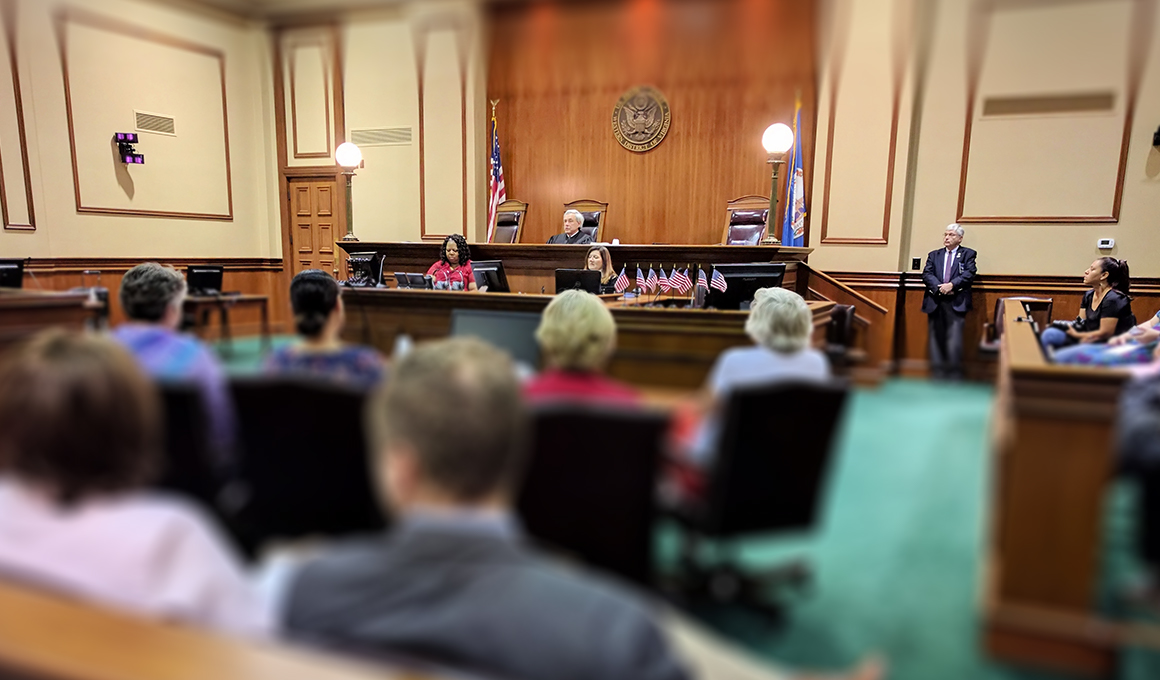Graphics in trial presentations make a lasting impression.
Graphics in trial presentations make a lasting impression.
Blog Article
Just How Trial Presentations Enhance Your Argument and Convince Jurors
Trial presentations serve as a crucial mechanism for improving legal arguments and persuading jurors. The critical usage of visuals not just clears up intricate information however additionally catches jurors' attention more effectively than words alone.

Relevance of Visual Aids
Visual help play a crucial role in enhancing the efficiency of test discussions, as they can considerably raise audience interaction and retention of details. In the context of a test, where jurors are tasked with handling complex details, aesthetic aids serve to streamline and clear up key points. Graphes, charts, and pictures can share information and principles that may or else bewilder or perplex jurors, enabling an extra straightforward understanding of the evidence offered.
Moreover, visual aids assist in keeping juror focus throughout the process. By damaging the uniformity of spoken testimony, these devices can punctuate crucial disagreements, making them much more unforgettable. Reliable aesthetic help can also evoke emotional feedbacks, which can be pivotal in encouraging jurors to align with the presenter's story.

Crafting Compelling Narratives
A compelling story is crucial in trial presentations, as it acts as the foundation of reliable persuasion. It permits attorneys to weave together truths, evidence, and psychological elements into a coherent story that reverberates with jurors. This narrative framework allows jurors to recognize the intricacies of the instance while directing them through the attorney's disagreement.
To craft an engaging narrative, attorneys should focus on clarity and comprehensibility. Furthermore, the use of dazzling summaries can produce psychological pictures that help jurors envision the events, making the narrative extra unforgettable.
In addition, integrating vital motifs throughout the discussion strengthens the core message and aids in retention - trial presentations. The narrative should not only communicate information yet likewise stimulate a feeling of justice, highlighting the stakes involved. Ultimately, a well-constructed narrative fosters a connection in between the jurors and the situation, placing the attorney's disagreement as both credible and engaging, therefore raising the possibility of a desirable web decision

Involving the Court Mentally
Efficient court involvement hinges on the attorney's capability to attach with jurors on an emotional degree. This connection can dramatically influence jurors' perceptions and their utmost decision-making.
Visual aids, such as photographs or video clips, can further improve psychological engagement, offering jurors with dazzling representations of the situation's human elements. Crafting a narrative that highlights the battles and accomplishments of the individuals involved ensures that jurors see beyond the lawful arguments and recognize the human consequences of their choices.
In addition, tone and body movement play a critical role in sharing emotion. An attorney's enthusiastic delivery can reverberate with jurors, enhancing their psychological financial investment in the situation. It's vital to stabilize psychological appeals with valid evidence, ensuring that jurors really feel obliged to act while continuing to be grounded in the fact. Eventually, a mentally involved court is most likely to be convinced, making emotional link a crucial part of efficient test presentations.
Structuring Your Presentation

The body of the presentation ought to be logically click for more segmented right into bottom lines, each supported by engaging evidence. It is beneficial to make use of narration strategies to weave realities into a narrative that jurors can easily adhere to. Aesthetic aids, such as graphes and video clips, can improve comprehension and interaction, helping to highlight essential pieces of proof.
Real-World Instance Studies
Checking out real-world case studies supplies invaluable insights into the art of test discussions and persuasion. The defense group properly utilized a strategy that integrated prominent expert testimonies with multimedia presentations, which captivated jurors and ultimately affected their choice.
One more significant instance is the "McDonald's Coffee Case," where the complainant's attorneys utilized visuals images of the injuries sustained by Stella Liebeck. trial presentations. This plain visual evidence played a critical duty in communicating the extent of her burns, bring about a significant court honor. Such situations show that impactful trial discussions often depend upon the effective combination of visuals and storytelling to evoke psychological feedbacks from jurors
Moreover, the "Casey Anthony Test" highlighted the relevance of narrative comprehensibility and reputation. The prosecution's failing to develop a compelling timeline decreased their influential power, highlighting the requirement of a well-structured discussion. Assessing these cases reveals that effective trial content presentations call for strategic preparation, emotional involvement, and the ability to reverberate with jurors' worths and beliefs.
Verdict
Test discussions considerably boost debates and persuade jurors with the tactical usage of aesthetic aids, engaging stories, and psychological interaction. A well-structured discussion equilibriums psychological charms with factual evidence, eventually resonating with jurors' values.
Report this page